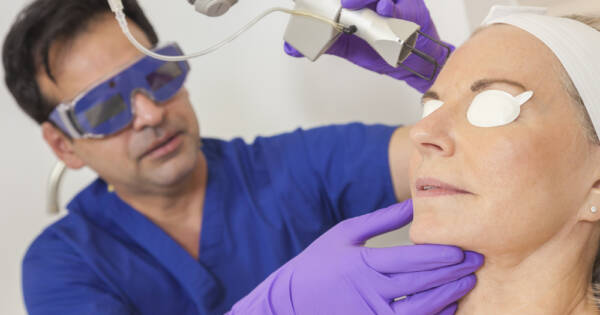Age-related macular degeneration (AMD) is a leading cause of vision loss among Americans over 60, affecting central sight while leaving peripheral vision unchanged. With two primary forms—dry and wet—understanding early symptoms and the importance of regular eye exams can aid in effective management. From nutritional supplements to lifestyle changes, several strategies can slow AMD progression. Explore the factors, interventions, and preventative measures crucial for maintaining eye health in the face of this common condition.
Understanding Age-Related Macular Degeneration
Age-related macular degeneration (AMD) stands as a leading cause of vision loss in adults over the age of 60 in the United States, with about 10% of Americans over 50 affected. AMD affects the retina, particularly the macula, resulting in central vision loss while leaving peripheral vision intact according to research.
The condition is primarily split into two forms: dry and wet. The dry form is more common, accounting for approximately 90% of all cases, and slowly deteriorates the macula with the help of drusen deposits. The wet form, though less common, is more severe and involves abnormal blood vessels under the retina that can cause rapid vision loss as noted by health professionals.
Recognizing the Early Symptoms of AMD
Recognizing the early signs of AMD is crucial for effective management. Initial symptoms often go unnoticed, but eye exams can reveal drusen in the macula before visible symptoms appear such as these examinations. As AMD progresses, individuals may experience difficulties such as reading even with glasses, observing distorted or wavy lines, and having trouble distinguishing faces.
Furthermore, dark or blurred patches in central vision and increased sensitivity to glare are notable symptoms outlined by recent studies. Additionally, symptoms like decreased night vision and reduced color discrimination should not be misattributed to aging.
The Importance of Regular Eye Examinations
Regular eye examinations are essential for early detection and management of AMD. Early-stage AMD might show no symptoms, making regular appointments with ophthalmologists crucial.
These exams not only check for AMD but also assess overall eye health for conditions like cataracts and glaucoma explained by various clinics. Utilizing tools such as the Amsler grid for monitoring changes between visits is recommended, as it can help track distorted vision and allow for reporting sudden vision changes promptly.
Managing AMD: Lifestyle and Treatment Options
Though there is no outright cure for AMD, several management strategies can slow its progression. Dry AMD can be managed with nutritional supplements based on the AREDS and AREDS2 formulations. These supplements include vitamins C, E, lutein, zeaxanthin, and minerals like zinc and copper recommended by specialists.
For wet AMD, anti-VEGF drugs are available to reduce the growth of abnormal blood vessels. Adopting lifestyle changes such as quitting smoking, maintaining a healthy diet rich in leafy greens and fruits, and exercising regularly are all measures that can help reduce risk and progression of AMD based on expert advice.
Risk Factors Associated with AMD
Understanding the risk factors for AMD is essential in preventative care. Some of these factors include advancing age, family history, and being of Caucasian descent. Additional risk factors include smoking, obesity, high blood pressure, and diets high in saturated fats.
Those at risk are encouraged to make lifestyle changes such as incorporating a Mediterranean diet, which is rich in omega-3s and antioxidants, to potentially slow disease progression as supported by medical recommendations.
Why You Should Learn More About AMD Today
Familiarizing oneself with the early symptoms of age-related macular degeneration (AMD) empowers individuals to seek timely diagnostics and interventions, significantly impacting their vision health. Understanding the crucial role of regular eye exams and recognizing the importance of early intervention can prevent further vision deterioration and improve quality of life.
AMD is a condition with risk factors and symptoms that can be managed effectively with lifestyle modifications and medical interventions. By embracing proactive health practices now, individuals can maintain their vision for the long term, making it vital to continuously educate oneself about this common age-related condition.




